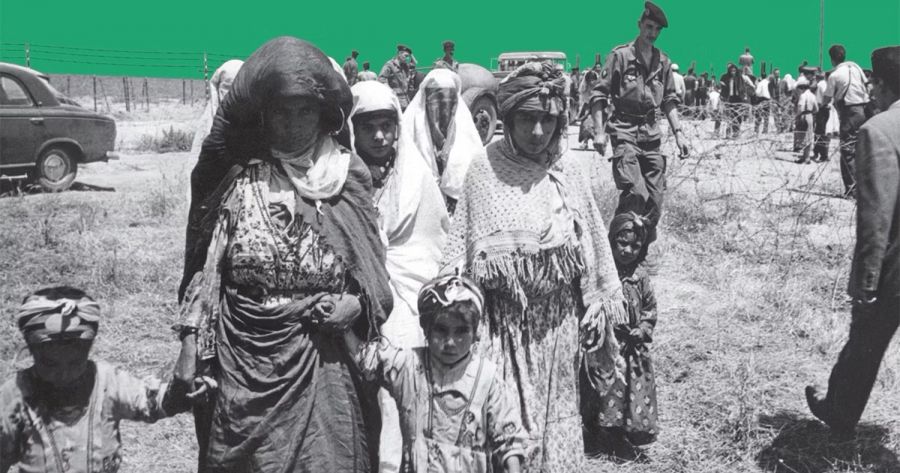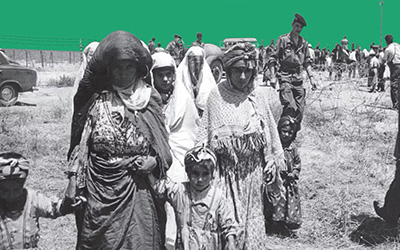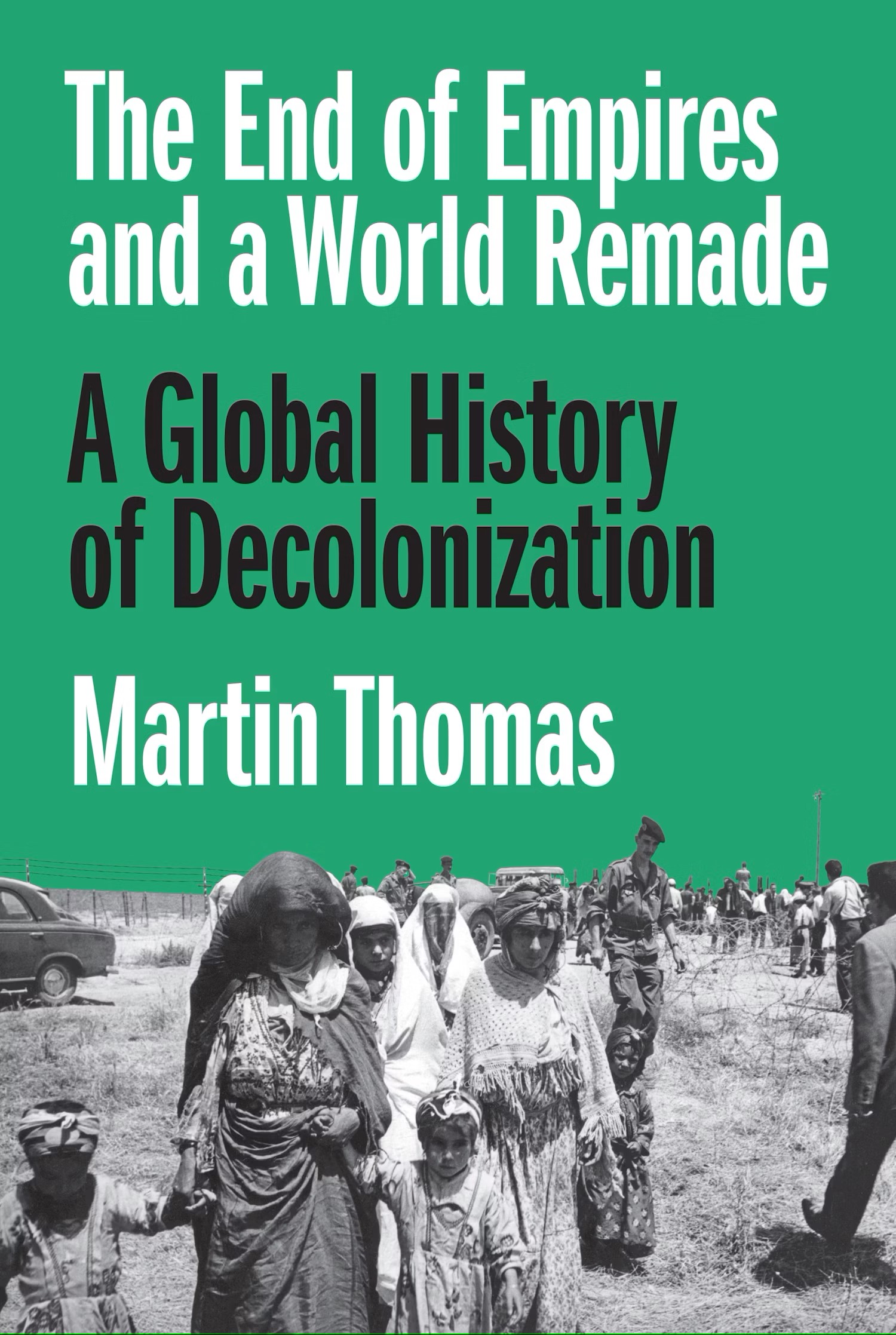
- Free Article: No
- Contents Category: History
- Review Article: Yes
- Article Title: Forward defence
- Article Subtitle: Was it really decolonisation?
- Online Only: No
- Custom Highlight Text:
The End of Empires and a World Remade is Martin Thomas’s magnum opus. Subtitled ‘A global history of decolonisation’, it is more than 600 pages long, of which nearly 300 pages consist of Notes and Bibliography covering more than 2,000 articles and books. The overwhelming majority of these were published in the twenty-first century – an indication of the burgeoning academic interest in decolonisation.
- Featured Image (400px * 250px):

- Alt Tag (Featured Image): Clinton Fernandes reviews ‘The End of Empires and a World Remade: A global history of decolonization’ by Martin Thomas
- Book 1 Title: The End of Empires and a World Remade
- Book 1 Subtitle: A global history of decolonization
- Book 1 Biblio: Princeton University Press $69.99 hb, 672 pp
- Book 1 Cover Small (400 x 600):

- Book 1 Cover (800 x 1200):

- Book 1 Readings Link: https://www.readings.com.au/product/9780691190921/the-end-of-empires-and-a-world-remade--professor-martin-thomas--2024--9780691190921#rac:jokjjzr6ly9m
The second part of the book consists of chapters four to fifteen. It shows that the machinery of decolonisation had several moving parts: the withdrawal of the imperial power; its replacement by anti-colonial nationalist movements; various minorities’ struggles to carve out political or cultural space; and newly independent countries’ attempts to govern amid Cold War geopolitical and economic competition. The weight of these pressures ensured that ‘nationalism’s core simplicity’ triumphed over ‘the more capacious alternatives’ of pan-Asianism, pan-Islamism, pan-Africanism, and pan-Arabism. The 1955 Asian-African Conference in Bandung, the capital of Indonesia’s West Java province, was a landmark event, ‘astutely marketed by its host government’, led by Indonesian President Sukarno. A decade later, Sukarno would be gone, replaced by the New Order regime of Major General Suharto. Thomas draws our attention to ‘the imperialist actions of the Indonesian Republic’ in ‘denying [West] Papuan and [East] Timorese claims to nationhood through protracted campaigns of military repression, forced resettlement, and mass killing’. With indispensable Western help, it should be added, and not just by suppling weapons: US Ambassador to the UN Daniel Patrick Moynihan stated matter-of-factly in his memoirs: ‘The Department of State desired that the United Nations prove utterly ineffective in whatever measures it undertook. This task was given to me, and I carried it forward with no inconsiderable success.’
Thomas discusses these and other cases as he highlights the ‘civilianization of violence’: many minority populations were exposed to discrimination or outright attack if their language and religion saw them accused of collaborating with imperial authority or being sympathetic to insurgent ideology. Thomas also highlights the link between decolonisation and globalisation, as the end of formal empire was followed by migration, cultural exchange, and economic integration across formal political borders. ‘Defining when and if empire ended is difficult,’ Thomas reflects in his conclusion. What decolonisation means is contested because ‘disagreement persists about its essential qualities’. As such, ‘the analytical challenge is to reach a judgment about whether or not the ostensible end of empires signified a genuine decolonization’.
The case studies in his book provide some answers to that challenge. Some anti-colonial revolutions after World War II were led by nationalists who wanted to terminate foreign rule without terminating colonial era social institutions or class relationships. They merely wanted their own perch atop the old structure. Others were led by nationalists who were also social revolutionaries keen on a new social order, not just a transfer of political title from empires to nation-states. The imperial powers were more likely to grant independence to the first group because they could be entrusted with political power. They wouldn’t rock the boat economically or socially. They did not challenge local or foreign vested interests in landholdings, plantations, banks, railways, mines, businesses, or government debt arrangements. They became politically independent while remaining economically subordinate to the imperial centre.
The second group was met with unremitting hostility. Australia joined Britain and the United States in confronting the waves of postwar Asian nationalism in Korea, Malaya, Vietnam, and Indonesia. It involved military intervention, economic strangulation, intelligence operations, and subversion against local leaders who wanted a new social and political order. The goal was to defeat revolutionary social transformation among former colonies and to install local regimes that were formally independent but economically subordinated to Western interests. Such regimes would protect the freedom of Western businesses to invest and repatriate profits. In Australian defence writing, the doctrinally acceptable term for this counter-revolutionary policy in the three decades after World War II is ‘forward defence’.
In Malaya, the first such intervention, Australia joined Britain in crushing a rebellion that threatened the interests of the London Tin Corporation, which owned Anglo-Oriental (Malaya) Ltd, one of the world’s biggest suppliers of tin, and of Harrisons and Crosfield, Guthrie, and Sime Darby, which were major rubber producers. Australia was keen to support British interests there because virtually the whole of Australia’s external reserves were held in London, and the two countries’ economic interests required continued control of Malayan rubber and tin. The outcome was an independent state led by Tunku Abdul Rahman, an Anglophile, Cambridge-educated, racehorse-owning member of the royal family in the Kedah Sultanate. As a member of the Malay aristocracy, he was hostile to attempts to change the social order. He preserved Britain’s control of the rubber and tin industries. The band of the Second Battalion, the Royal Australian Regiment, played at Malaysia’s independence celebrations. The Malaysian economy continued to retain its colonial character more than a decade after independence.
The End of Empires has concise summaries of decolonisation struggles, making it useful for academics and teachers of development studies and decolonisation. General audiences will require greater background knowledge of the topics covered.


Comments powered by CComment